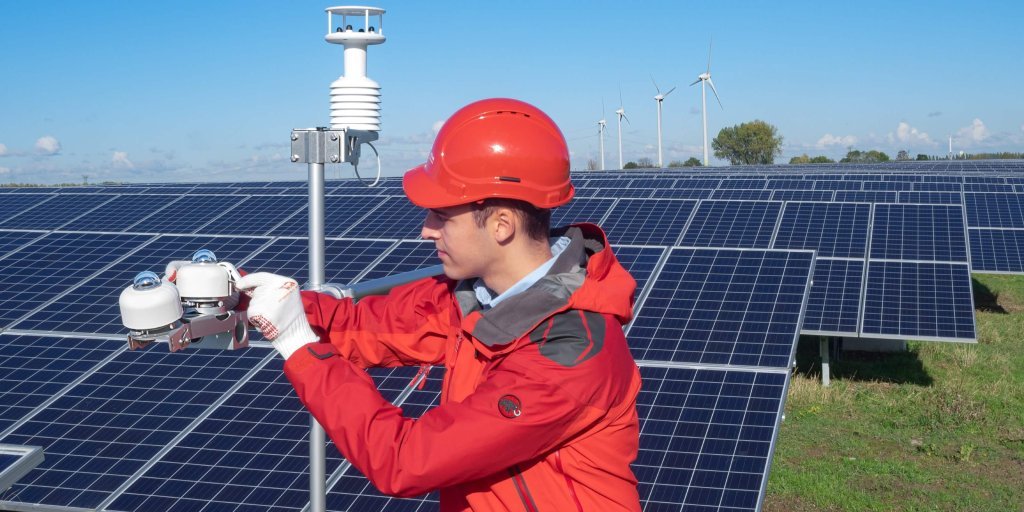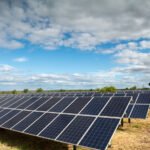Solar panels are a long-term investment that can power your home for decades. But their performance depends on many factors. Understanding what affects solar panel efficiency is important if you want to get the maximum energy and savings from your system. For Indian homeowners, this becomes even more critical because weather, dust, and installation practices play a big role in solar energy generation. Let’s explore the main factors that influence solar panel performance and how you can optimize them.
1. Sunlight Exposure and Orientation
The amount of sunlight a panel receives directly impacts its performance. Solar panels work best when they face south in India, as this orientation captures the most sunlight during the day. If panels are installed at the wrong angle or in shaded areas, their output drops significantly.
- Optimal tilt angle in India: Around 15° to 30° depending on the region.
- Shade-free installation: Avoid nearby trees, buildings, or poles blocking sunlight.
- Tracking systems: Some advanced setups use solar trackers to follow the sun’s movement, increasing energy output.
2. Temperature and Heat Effects
Solar panels work with sunlight, but high heat can reduce their efficiency. This is called the temperature coefficient.
- Ideal operating temperature: Around 25°C.
- Hot climate impact: In places like Rajasthan or Delhi, panels may lose 10–15% efficiency during peak summer.
- Solution: Proper ventilation and elevated mounting can reduce heat buildup.

3. Dust, Dirt, and Pollution
In India, dust is a major issue for solar panels. A thin layer of dust can reduce performance by 5–10%, while heavy accumulation may cut output by 20–30%.
- Dust-prone states: Rajasthan, Haryana, and UP face higher dust accumulation.
- Cleaning frequency: Once every 2–3 weeks in dusty areas, once a month in cleaner regions.
- Cleaning method: Use soft water, a microfiber cloth, or professional solar panel cleaning services.
Also Read Smart Guide: How to Monitor Your Home’s Solar Production Effectively
4. Quality of Solar Panels
Not all solar panels are the same. The material and brand influence performance and lifespan.
- Monocrystalline panels: High efficiency, best for limited space.
- Polycrystalline panels: Slightly lower efficiency, but cost-effective.
- Thin-film panels: Flexible and lightweight, but lower efficiency.
Investing in Tier-1 certified panels ensures better long-term performance.
5. Inverter Efficiency
The inverter converts DC power from solar panels into AC power for home use. If the inverter is inefficient, overall system performance drops.
- Good inverter efficiency: 95–98%.
- Regular maintenance: Keeps inverters running smoothly.
- Solar hybrid inverters: Useful for homes with both solar and battery backup.
6. Wiring and Installation Quality
Even the best solar panels won’t perform well if the installation is poor. Faulty wiring, loose connections, and undersized cables can cause energy losses.
- Professional installation: Always choose experienced installers.
- Regular inspections: Ensure no wear and tear in wires or connectors.
- Use of high-quality cables: Reduces transmission loss.
7. Seasonal Variations
Solar performance naturally varies across seasons.
- Summer: More sunlight, higher energy output.
- Monsoon: Reduced output due to clouds and rain.
- Winter: Shorter days reduce generation, but cooler temperatures may improve efficiency.
Understanding seasonal performance helps you plan energy use better.
8. Age and Degradation of Panels
Solar panels degrade over time. On average, panels lose 0.5–0.8% efficiency each year.
- After 10 years: Around 90% performance.
- After 25 years: Around 80% performance.
- Good warranties: Leading brands provide 25-year performance warranties.
9. Net Metering and Grid Connection
For grid-connected systems, the performance of panels also depends on the quality of the local power grid and net metering policies.
- Frequent power cuts: May affect solar output in certain inverter setups.
- Good net metering: Allows exporting excess energy and reducing bills.
- Battery backup option: Ensures uninterrupted supply during outages.
10. Maintenance and Monitoring
Continuous monitoring helps detect problems early.
- Solar monitoring apps: Track daily energy generation.
- Smart meters: Provide real-time insights.
- Regular servicing: Once or twice a year keeps the system in peak condition.
FAQs on Solar Panel Performance
Q1. How much electricity does a 1 kW solar system generate in India?
A 1 kW system produces about 4–5 units per day, depending on location and sunlight conditions.
Q2. Do solar panels work on cloudy or rainy days?
Yes, but output is lower, usually 10–25% of normal.
Q3. How often should I clean my solar panels?
At least once a month. More frequently in dusty or polluted areas.
Q4. Can shading affect only one panel or the entire system?
In traditional setups, one shaded panel can lower the output of the whole string. Using microinverters reduces this issue.
Q5. Do panels lose efficiency in extreme heat?
Yes. Higher temperatures reduce efficiency slightly, but good installation design minimizes the impact.
Final Thoughts
Solar panels are a great way to cut electricity bills and support clean energy. But to get the best performance, you need to understand the factors that affect them. For Indian homes, sunlight, dust, installation quality, and inverter performance matter the most. With regular cleaning, professional installation, and good-quality components, you can enjoy reliable solar power for decades.
Switching to solar is not just about buying panels. It’s about optimizing every part of the system to get the highest return on your investment.










